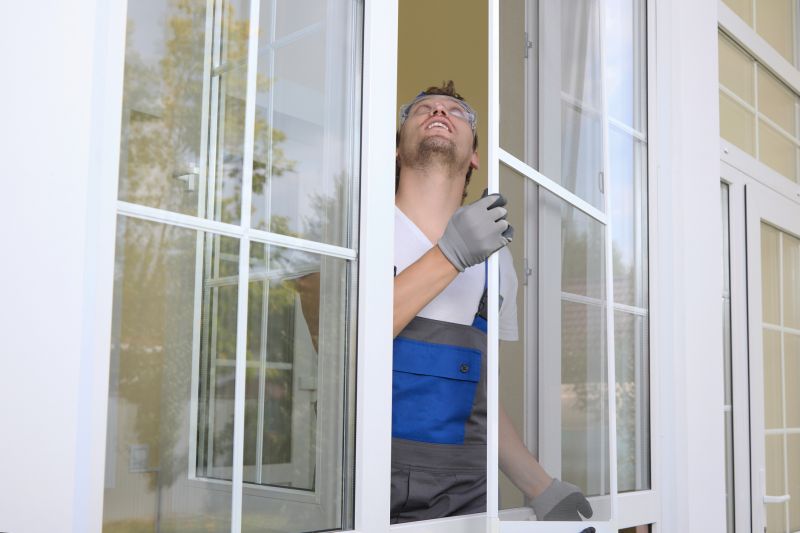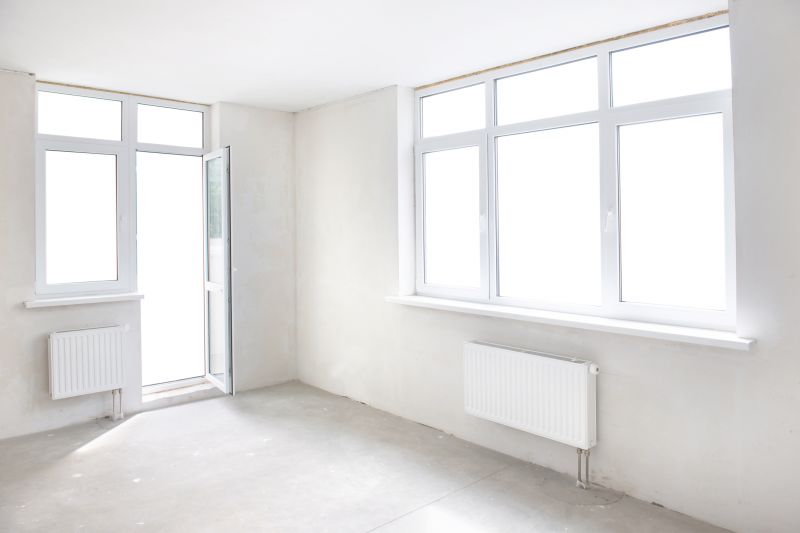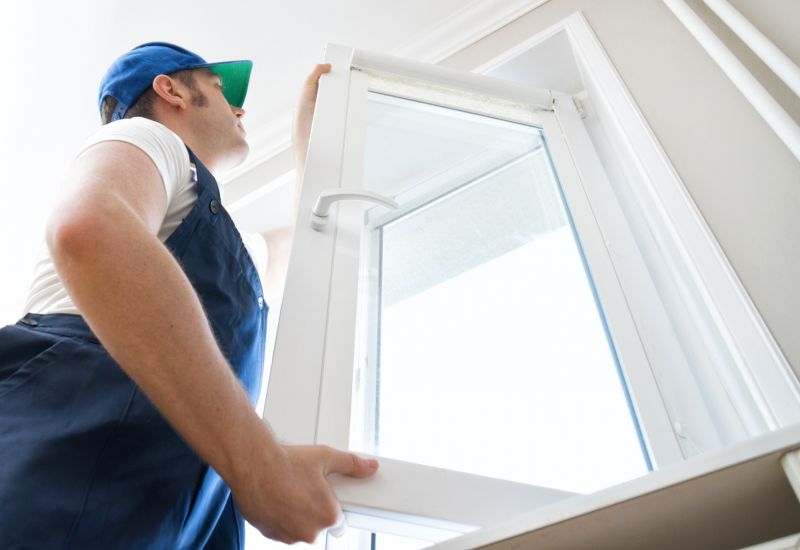Optimal Timing for Windows Installations
Windows installations are a critical part of maintaining optimal system performance and security. Timing these installations appropriately can minimize disruptions and ensure smooth operation. Understanding the optimal periods for performing these updates can lead to better productivity and system stability.
Spring and fall are generally considered ideal times for Windows installations due to moderate temperatures and less busy schedules.
Perform installations outside of peak operational periods to prevent downtime during busy times or critical projects.
Ensure hardware and software compatibility checks are completed before scheduling installations to avoid delays.
Regular updates are recommended to maintain security, but major installations are best scheduled during low-usage periods.

A technician performing a Windows setup on a desktop.

Server room with technicians preparing for system upgrades.

Calendar with scheduled Windows update periods marked.

Employee working on a computer during scheduled update window.

Technician inspecting hardware before installation.

Backup process prior to Windows installation.

IT professional testing system after Windows update.

Team planning installation downtime on a whiteboard.

Remote technician performing Windows updates via remote access.
| Timing Consideration | Best Practices |
|---|---|
| Spring and Fall | Schedule during moderate weather and low business activity. |
| Weekends or Off-Hours | Perform major updates outside of peak operational hours. |
| Pre-Installation Checks | Verify hardware and software compatibility before scheduling. |
| Regular Maintenance Windows | Establish routine times for updates to minimize disruptions. |
| Post-Update Validation | Ensure thorough testing after installation before resuming normal operations. |
| User Notification | Inform users in advance about scheduled installation times. |
| Backup Data | Always backup data prior to major Windows installations. |
| Avoid Peak Business Periods | Plan installations during times of low activity for minimal impact. |
Windows installations are essential for maintaining security, improving performance, and accessing new features. Proper timing helps prevent operational disruptions and ensures that updates are applied smoothly. Regularly scheduled updates during appropriate periods can enhance system stability and reduce downtime.

Technician reviewing system readiness before update.

IT professional performing a Windows installation.

Dashboard displaying system health after updates.

Notification on a computer screen informing about scheduled installation.

Ways to make Windows Installations work in tight or awkward layouts.

Popular materials for Windows Installations and why they hold up over time.

Simple add-ons that improve Windows Installations without blowing the budget.

High-end options that actually feel worth it for Windows Installations.
Interested parties can contact to schedule Windows installations at convenient times. Proper planning and timing can lead to more efficient updates and less operational impact. Filling out the contact form provides an opportunity to coordinate installations during optimal periods for system stability and security.





